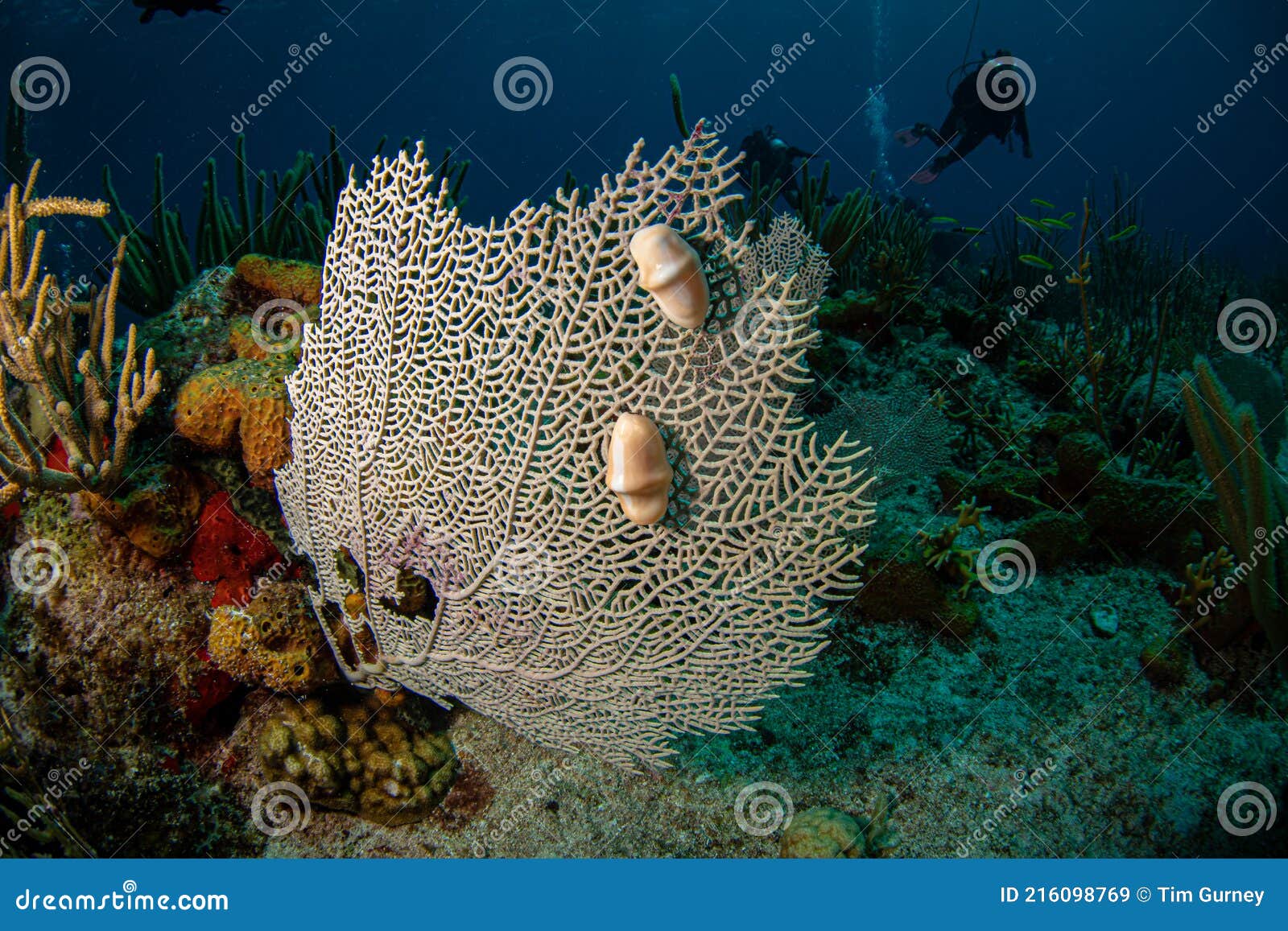

His capacities were confirmed by the emergency of the sanitary situations with which he was confronted and by the authorities' confidence in him, by putting him in charge of the bubonic plague elimination process.
MAARTENS SNAIL MAIL PROFESSIONAL
His professional training and academic and scientific performances reveal Ricardo Jorge's value in Portuguese science and his efforts for its internationalization. He created and enforced the most important policies for disease control, both endemic and epidemic, which scourged the western world between the mid nineteenth century and beginning of the twentieth.

Ricardo Jorge was one of the principal doctors responsible for the sanitary transition in Portugal. (Author/JM)įighting disease and epidemics: Ricardo Jorge and the internationalization of Portuguese science. The results lead to a discussion of the impact of habitat and Atlantic displacement and the difficulty in acclimatizing.ĭiscusses Jorge de Lima-born in Uniao dos Palmares, Brazil on April 23, 1893, died in Rio de Janeiro on November 15, 1953-who during the Twenties became an important member of the literary movement known as Modernism and wrote both religious and regional poetry constituting the beginnings of a Afro-Brazilian poetry.

The relationship between illness and work processes, as well as the post-disembarkation mortality of Africans and the possibility of mortality crises among the sugarcane captives is explored. The impact of malaria, relating it to the age brackets, the environment created by work on the sugarcane plantations and the evolution of the occupation of the area, initially by expanding frontiers, is emphasized. The deaths and diseases of slaves in the São Paulo State sugarcane municipality of Capivari are addressed, associating the causes attributed to these deaths to the social and economic context and characteristics of the local slave communities. Throughout the morning at Jorge's day-care center, Wright encounters scenarios that force him to ask questions about child… In this portrait, Travis Wright, writing as a psychology counselor in training, brings the reader into one morning's events in his clinical work with Jorge, a three-year-old boy whose family is experiencing difficult times. On Jorge Becoming a Boy: A Counselor's PerspectiveĮRIC Educational Resources Information Center Treated effluent is sent to a water reuse accumulation tank (from where will be distributed as reuse water), and the excess is discharged into the Capivari River. Chemical oxygen demand (COD) removal rates are around and above 97% on a consistent basis, with biochemical oxygen demand (BOD5) and NH3 (ammonia) concentrations at very low levels, and turbidity lower than 0.3 nephelometric turbidity unit (NTU). The membrane bioreactor (MBR) plant was commissioned in April 2012 and the permeate quality has exceeded expectations.

The filtration system is composed of three membrane trains with more than 36,000 m(2) of total membrane filtration area. This is the first large-scale membrane bioreactor (MBR) system in Latin America with biological tertiary treatment capability (nitrogen and phosphorus removal), being able to treat an average flow of 182 L/s in its first phase of construction. To address this challenge, SANASA (a publicly owned water and wastewater concessionaire from Campinas) has recently constructed the 'EPAR (Water Reuse Production Plant) Capivari II' using the GE ZeeWeed 500D(®) ultrafiltration membrane system. The macro region of Campinas (Brazil) is rapidly evolving with new housing developments and industries, creating the challenge of finding new ways to treat wastewater to a quality that can be reused in order to overcome water scarcity problems. Pagotto, R Rossetto, R Gasperi, R L P Andrade, J P Trovati, J Vallero, M V G Okumura, A Arntsen, B SANASA Capivari II - the first full-scale municipal membrane bioreactor in Latin America.


 0 kommentar(er)
0 kommentar(er)
